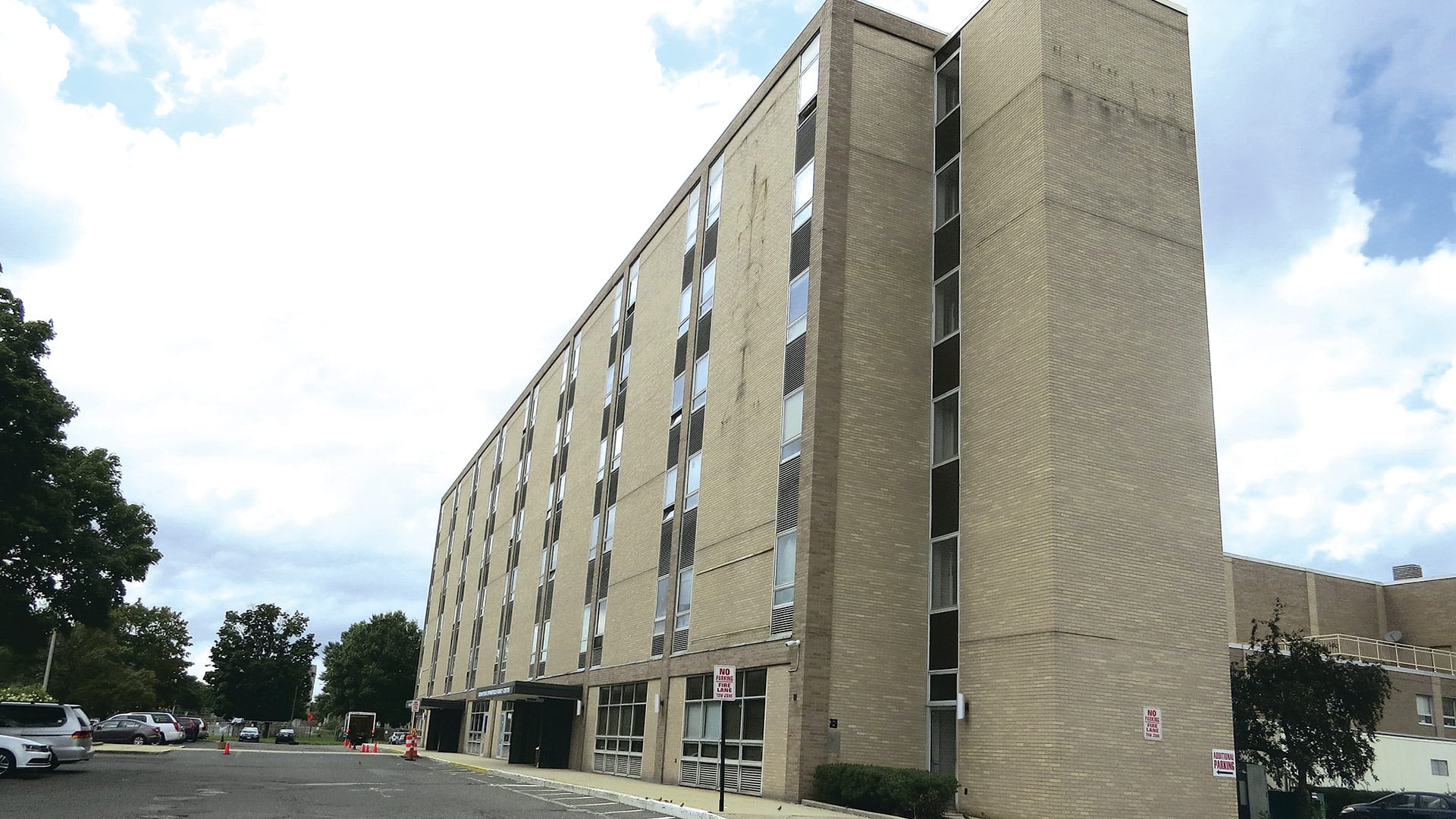A Community Asset
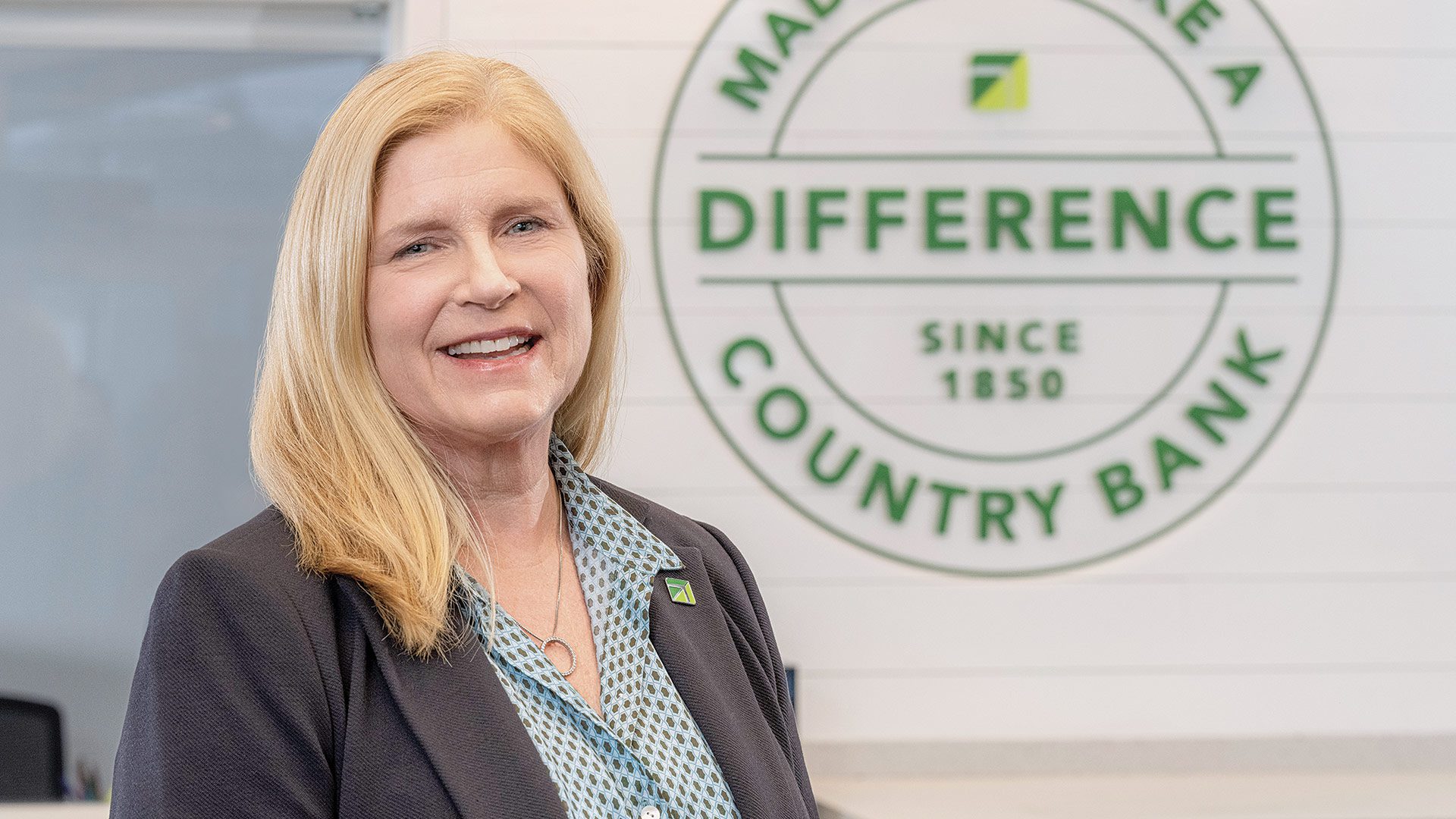
Country Bank president Mary McGovern
Country Bank, according to its slogan, is “made to make a difference.”
Mary McGovern has taken that as a personal challenge.
“I’ve been at several institutions, public institutions, that run a little differently than mutuals, having to answer to shareholders every quarter,” said McGovern, who recently became Country’s first female president in its 174-year history. “With a mutual bank, we feel we take a different approach with our customers, and our involvement in the community means a lot to them. It’s a differentiator.”
McGovern brings three decades of context and experience — at different types of institutions — to that philosophy.
Prior to her 13-year rise at Country Bank, where she has served as chief financial officer, executive vice president, and chief operating officer, McGovern served in management roles at Danversbank, Capital Crossing Bank, and Boston Private Bank & Trust. Her areas of expertise include finance, operations, information technology, retail banking, commercial lending, financial and credit analysis, compliance, risk, sales, and strategic business and relationship development.
“With a mutual bank, we feel we take a different approach with our customers, and our involvement in the community means a lot to them. It’s a differentiator.”
“I started at Boston Private when it was a de novo with $80 million in assets. I was the 20th or 22nd person they hired. I came in on the ground floor in a finance role, in accounting, and grew with the department,” she recalled.
After that institution went public and was acquired, she left, earned her MBA, and moved to Capital Crossing in the late ’90s, doing a lot of work with distressed real estate. Danversbank, her next stop, was a reunion of sorts with some individuals she had worked with at Boston Private.
“They were like Country Bank is today, a nice, local, mutual community bank,” she said, adding that she served Danversbank as senior vice president and chief accounting officer. “But they went public in 2008 and were sold in 2011, and my position was eliminated.”
So, the same year, she joined the team at Country — and has never looked back.
“The mission is to be the bank of choice in Central and Western Massachusetts,” McGovern told BusinessWest. “I’m excited to lead as the first female president of Country Bank as we approach our 175th anniversary. It’s a good opportunity to get out and talk in the community, talk to our customers, put a new face in front of them. It’s been really exciting.”

Country Bank’s productive partnership with the WooSox is reflected by its prominent right-field signage.
From a bottom-line perspective, she said, Country is doing well, even showing growth in the mortgage market, despite high rates and higher prices.
“Obviously people still have to buy and sell homes and move different places. The pipeline may not be as robust, but there’s still a lot of activity.”
On the commercial side, the bank is being selective, focusing on building lasting relationships and not targeting huge volume for its own sake, to maintain liquidity. “We’re looking for 5% to 6% growth in loans this year, so we’re keeping busy for sure.”
Geographically, the bank is in a growth mode as well. With a physical footprint that currently stretches from Springfield to Worcester, with the Ware headquarters between those two cities, County is adding two additional locations to the east this year — a second in Worcester and one in Uxbridge — while making plans to add two more branches to the west, in Springfield and another community.
Earlier this year, the board of trustees announced it had full confidence in McGovern to lead that strategy, as well as all of Country’s other operations and activities in the community. Paul Scully, who has been president and chief executive officer since 2004, remains in the CEO role.
“We are thrilled to announce Mary’s appointment as the next president of Country Bank,” James Phaneuf, board chair, said when the selection was announced. “Mary’s proven track record, dedication, and strategic vision make her the ideal candidate for this role.
“In a challenging time of food insecurity and other challenges out there, it’s important to give back to local nonprofits. They need our support to do their important work. That’s valuable to our staff, and I believe it’s valuable to our customers as well.”
“The board is confident that Mary’s leadership will drive the bank’s continued success and growth,” he added. “With her extensive experience, strategic mindset, and dedication to excellence, Mary is poised to lead the bank into a new era of innovation and customer satisfaction while maintaining its position as one of the most highly capitalized financial institutions in the region.”
Community Partner
Country is also well-known for its community involvement. Those efforts have focused in recent years on a number of priorities, including food insecurity, health, and education, as well as homeless shelters, senior-serving programs, youth organizations, and more.
To that end, Country reported more than $1.2 million in donations in 2023, with 463 organizations receiving grants. In addition, the bank’s team members volunteered 1,255 hours of community service in 2023, while 37 employees served on a total of 65 nonprofit boards and committees.
“We are a valued piece of the community. We try to give back to all the communities we serve,” McGovern said, adding that the bank’s financial-literacy programs continue to be a priority, as is a partnership with the WooSox — signified by a very prominent Country Bank sign in right field at Polar Park — and the team’s WooStars awards and its teacher-recognition program.
“We’re just continuing to build on a great foundation set by Paul in his 20 years here,” she added. “Being a community bank, we’re really invested in the health of our communities.”
McGovern speaks the language of community-bank presidents in Western Mass. that place a high value on local philanthropy.
“We’ll continue to do a hybrid approach. It seems to be working. The staff seems to be happy. We don’t see that changing — in the foreseeable future, anyway.”
“We’re different from a big commercial bank that’s not as worried about the individual communities that they serve,” she said. “As a mutual bank, obviously it’s important to make money, but making money also allows us to give back. So we’re trying to give back to our communities. In a challenging time of food insecurity and other challenges out there, it’s important to give back to local nonprofits. They need our support to do their important work. That’s valuable to our staff, and I believe it’s valuable to our customers as well.”
Also of value to customers is a physical presence in their communities, even at a time when online banking is dominant.
“There are differences of opinion among financial institutions, some of whom are pulling back from their banking centers,” McGovern said. “But we feel it’s important to support the different ways our customers want to bank.
“There are plenty of the younger generation who don’t want to talk to people, who would prefer to do everything online; self-service is important to them,” she added. “But we have a good component of customers who like to go in and talk to people face to face. Even younger people want to sit down and talk to somebody when they’re buying their first house; it’s an important, life-changing kind of event.”
In addition, she said, “I feel it’s important that we show our presence. It’s hard to say that you’re in Springfield without having signage there. We have a business center in Tower Square, but it’s not quite as visible as having a branch location with a sign.”
Country Bank has consolidated in some cases as well — for instance, it used to have three branches in Ware, but now only houses its headquarters and a digital banking center there. And many branches are staffed with fewer employees than in years past, to reflect how many customers bank online only.
“But while there’s less foot traffic, we’re still there to serve people, allowing customers to bank how they want.”
Other elements of the bank experience have changed over the years as well, including how — and where — employees work.
“Since the pandemic, it’s been a different way of working,” she told BusinessWest. “For some time, we were fully remote. Over time, we went with a more flexible work arrangement. So the average employee works three days in and two days out. There are some with a little more flexibility based on what kind of job it is.”
While some employees prefer to come in five days a week, and do so, McGovern added, for most of them — those who don’t deal face to face with the public, anyway — working remotely at least part of the time is a valued part of their job. “I don’t see how we can be competitive without that. I know different institutions that have lost staff when they requested people come in five days.
“So we’ll continue to do a hybrid approach,” she went on. “It seems to be working. The staff seems to be happy. We don’t see that changing — in the foreseeable future, anyway.”
Making a Difference
McGovern also doesn’t want to change a culture at Country Bank that she feels benefits both employees and customers.
“It’s hard to be a differentiator when all banks sell the same products, but I feel we are different,” she said. “Our people are spending a lot of their life doing something they like in an institution they like with peers they like. And we’re trying to keep that culture going.”
The challenge, she said, is understanding that employees want and appreciate hybrid work schedules, while maintaining a positive office culture whether they’re in the office or not.
“It’s a fine line managing both aspects,” she said. “But I think we’ve got a good thing going, and hopefully I can keep it going into the future.”




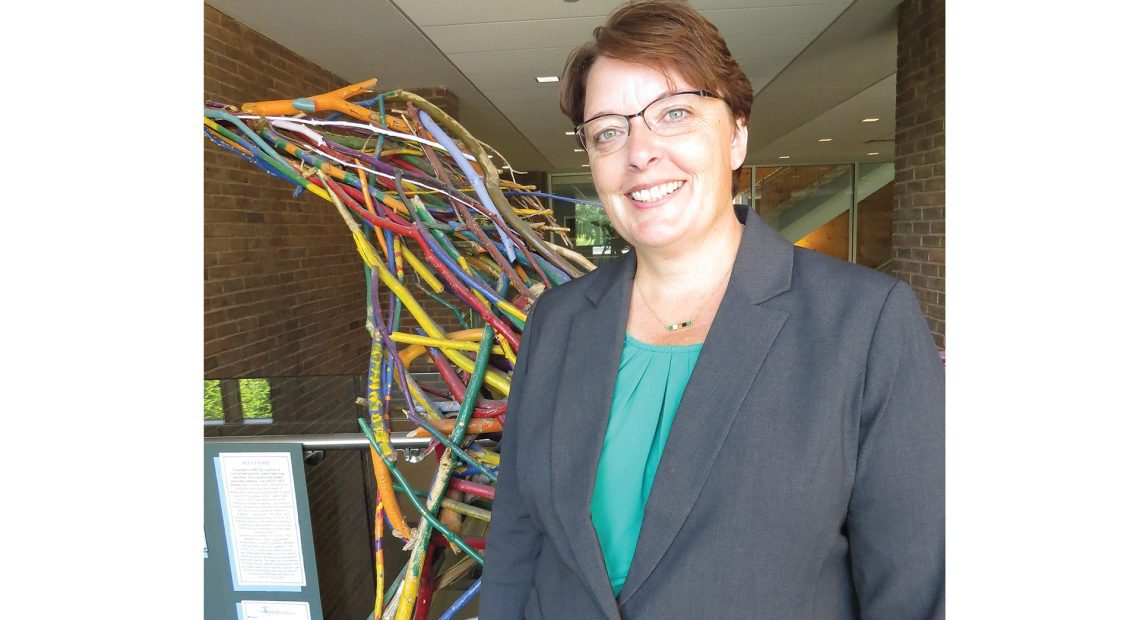
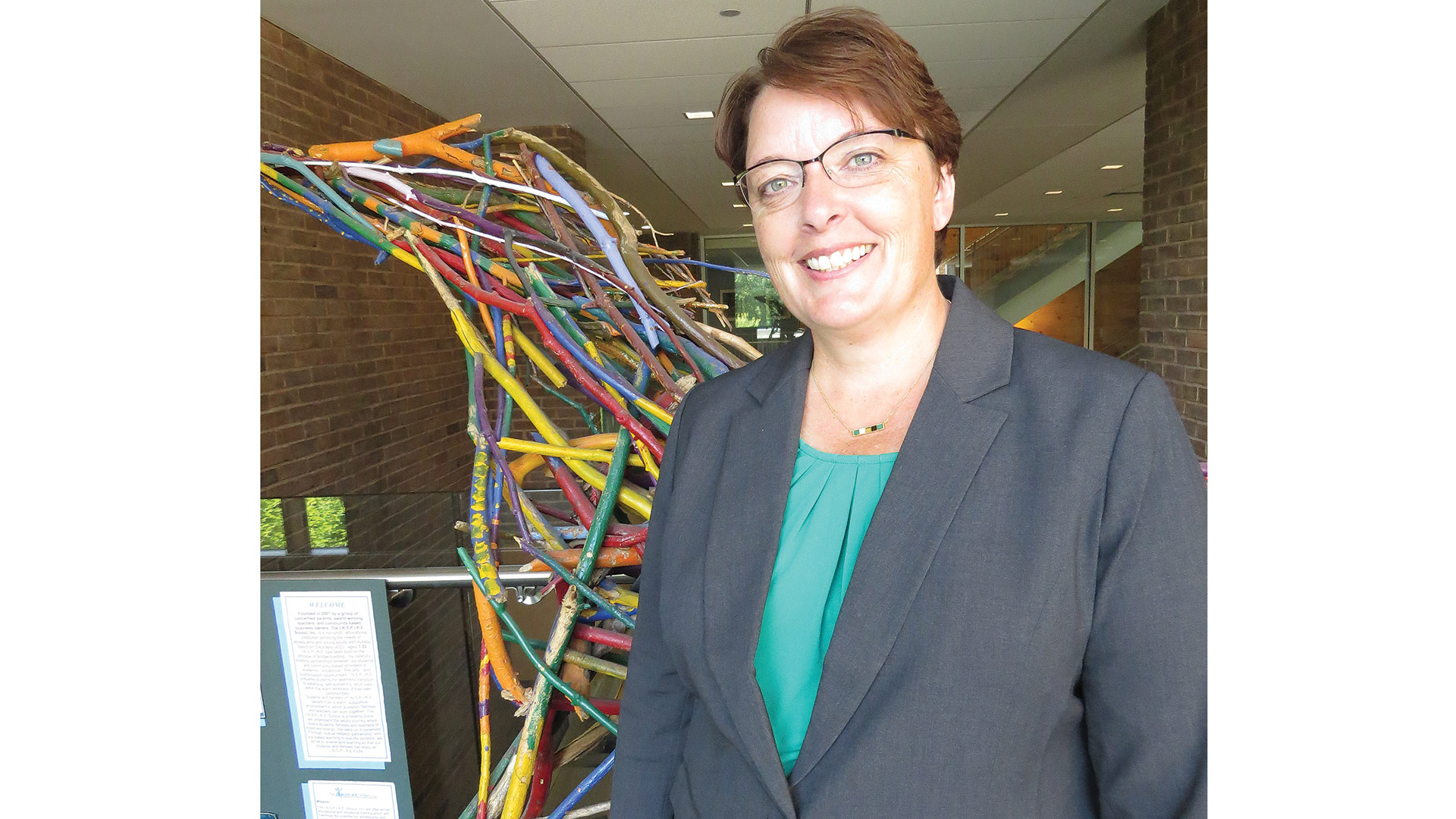

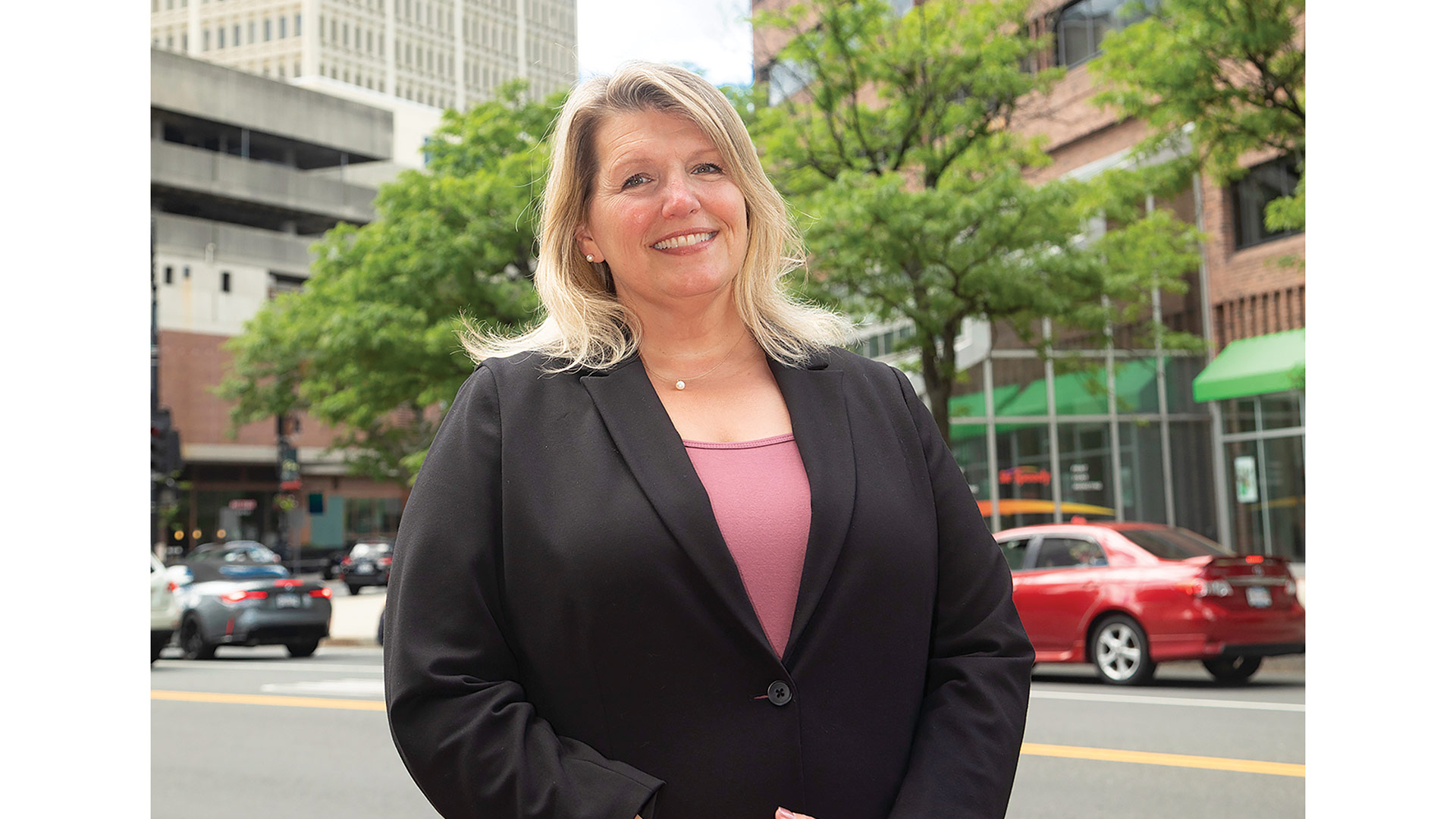


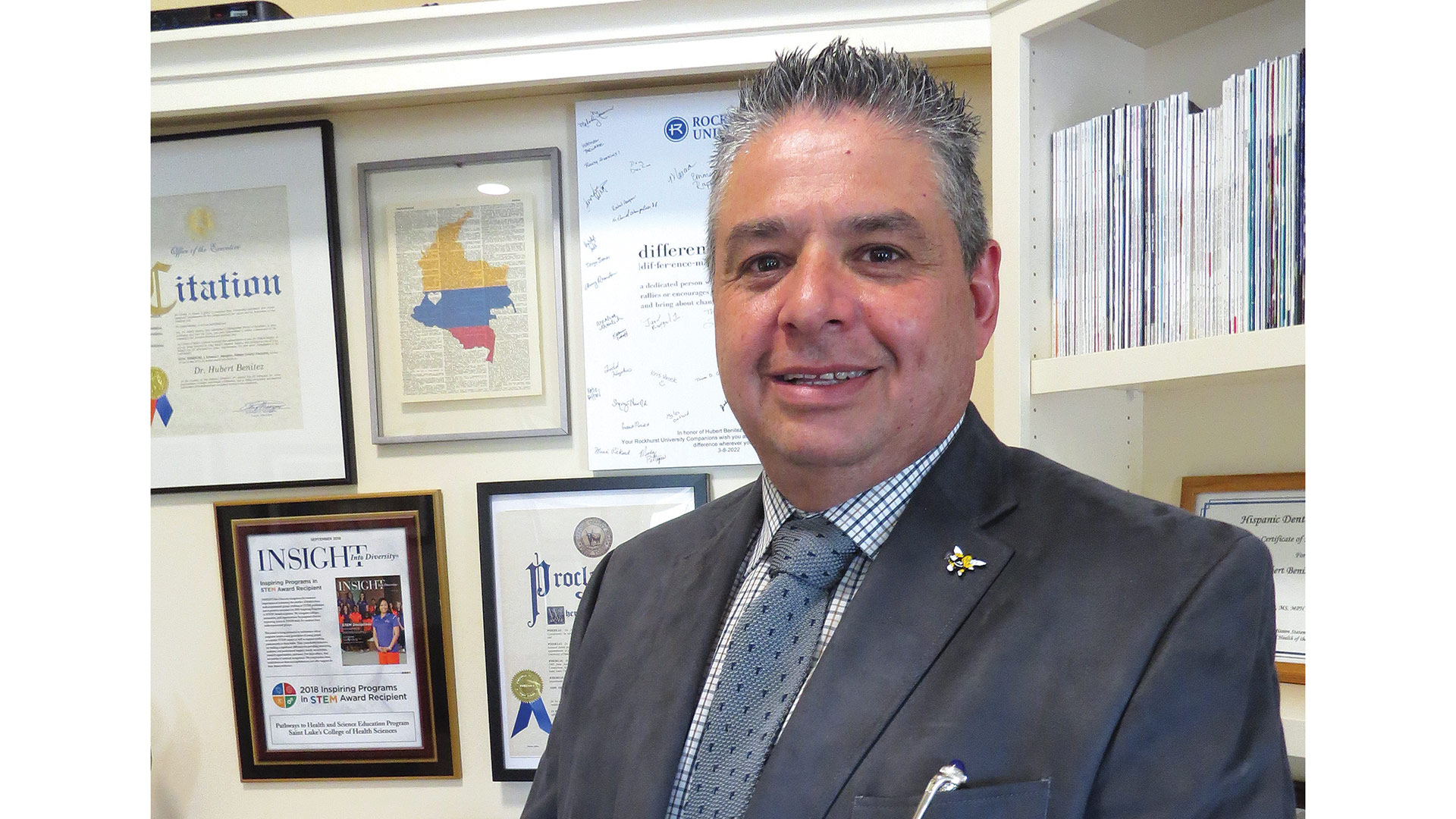

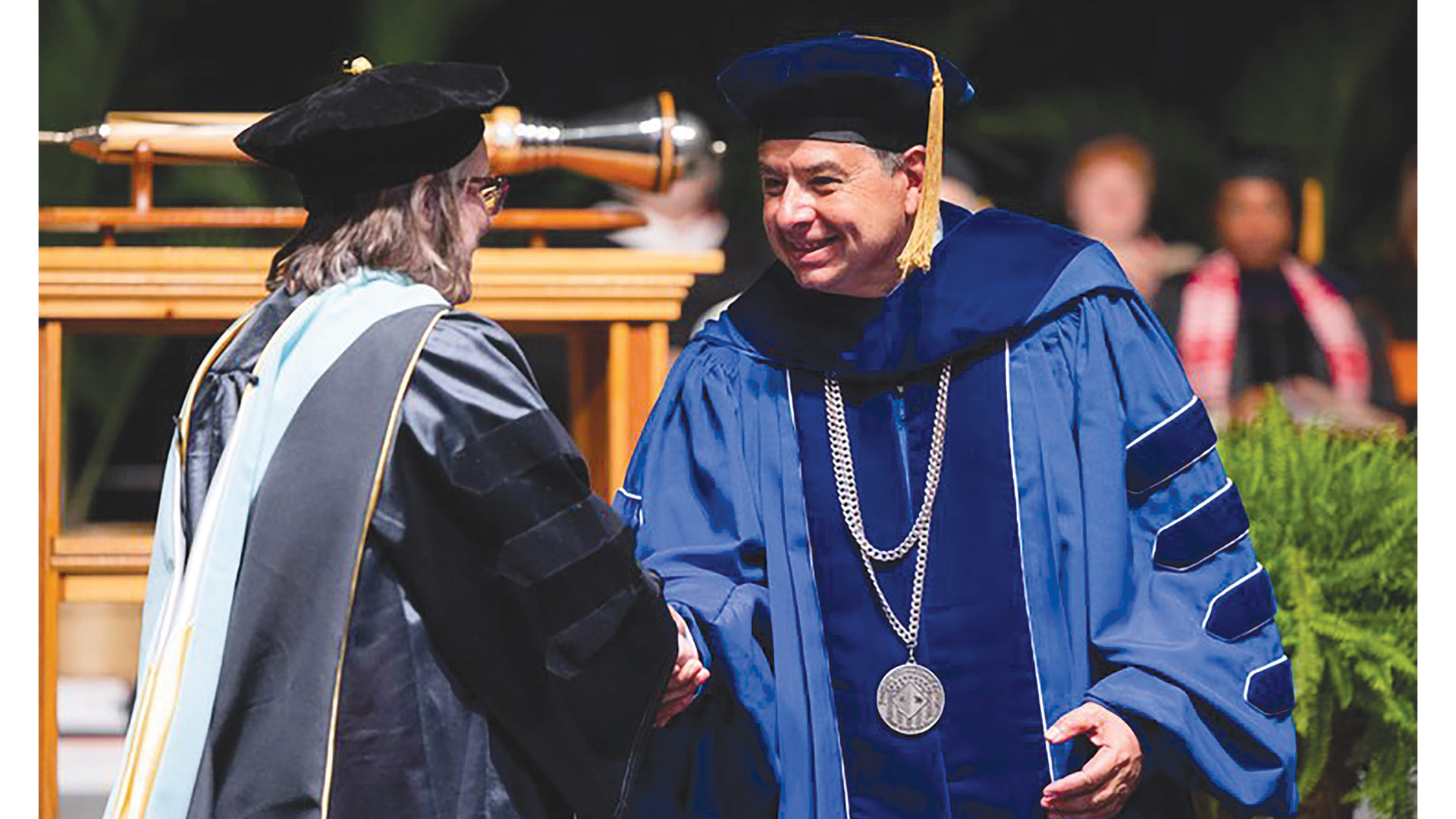

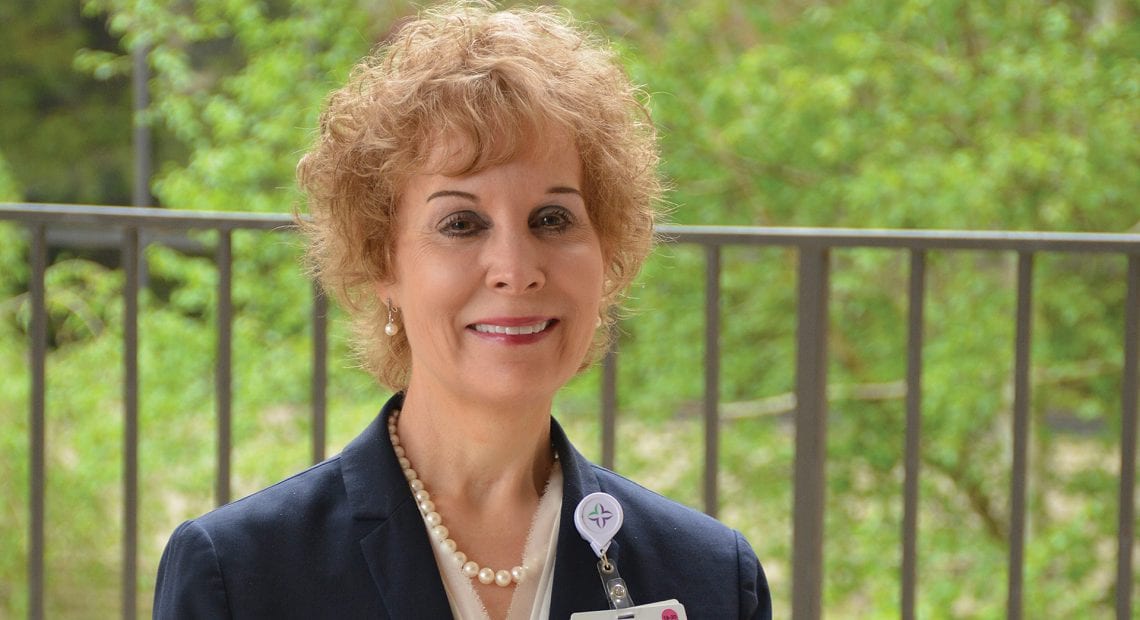



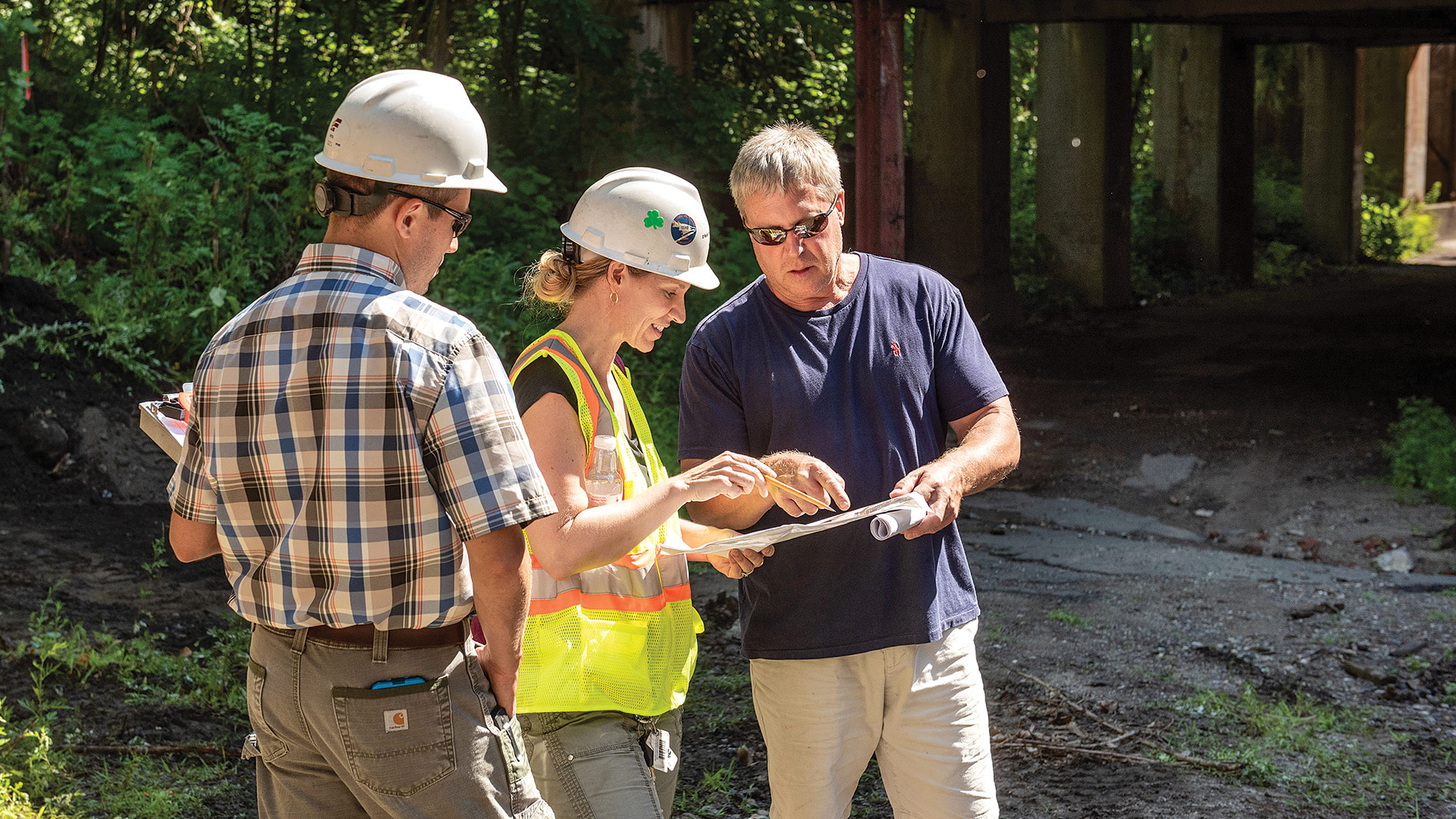

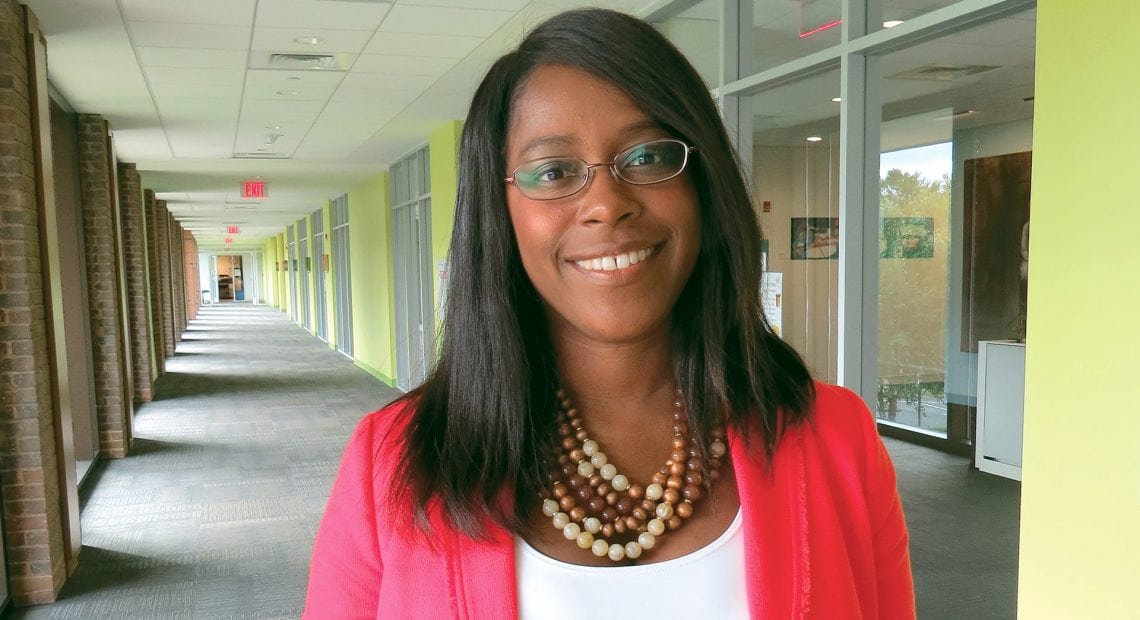
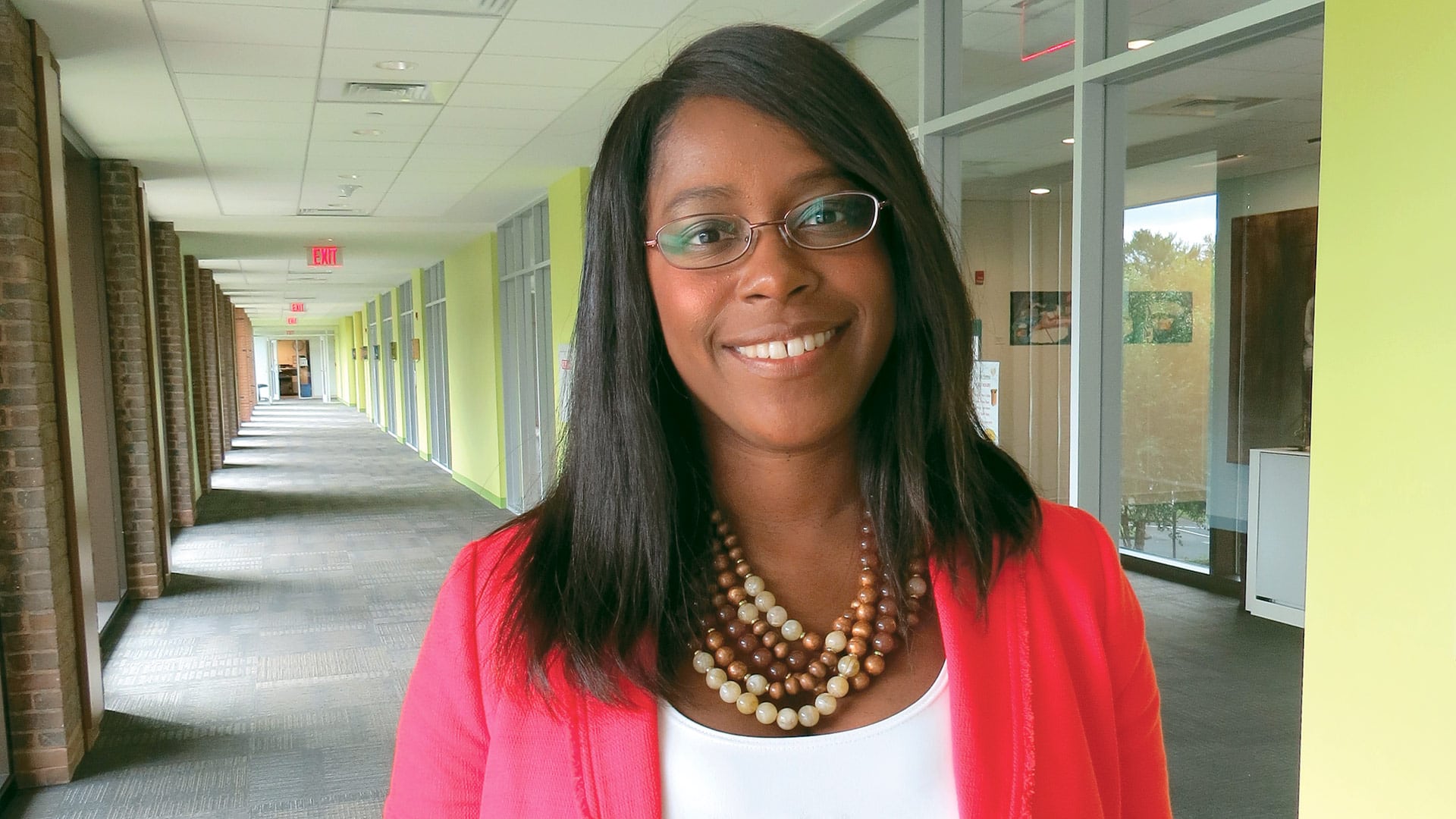


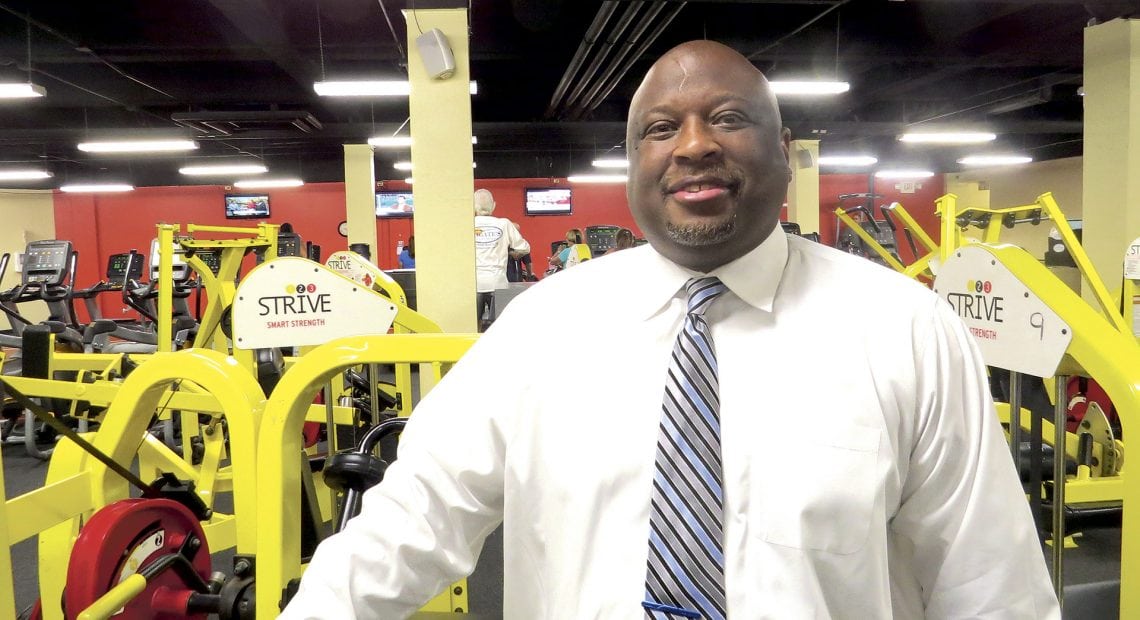
 Last fall, while Dexter Johnson was making up his mind to take the job being offered him — president and CEO of the
Last fall, while Dexter Johnson was making up his mind to take the job being offered him — president and CEO of the 